Photos: Archaeological Excavations at Reputed Birthplace of King Arthur
Legendary birthplace?
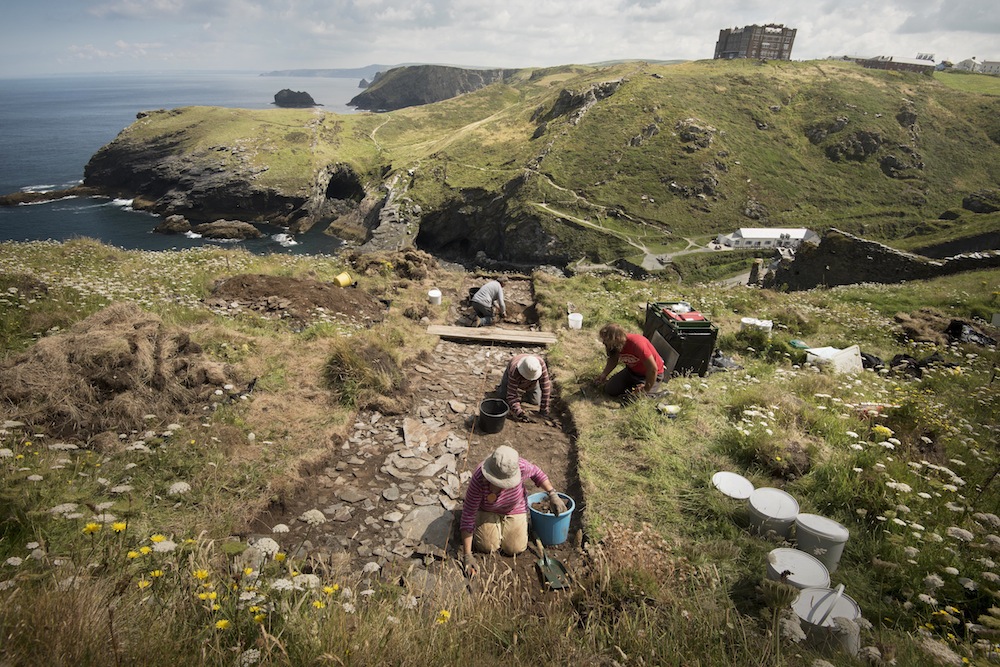
Archaeologists have completed the first stage of a major five-year study of the archaeology of the Tintagel headland in Cornwall, in the southwest of England. In English folklore, the site is thought to be the birthplace of King Arthur.
Based on excavations at Tintagel in the 1990s and 1930s, researchers think the headland was the site of a densely populated political or mercantile settlement, which may have included a royal residence of the kings of Dumnonia — a native British kingdom in Cornwall from the 5th to 7th centuries. But, no accurate dates have been made of the remains of the more than 100 buildings buried at the site, and the function of the site remains uncertain. [Read full story about the excavations at Tintagel]
High-status settlement
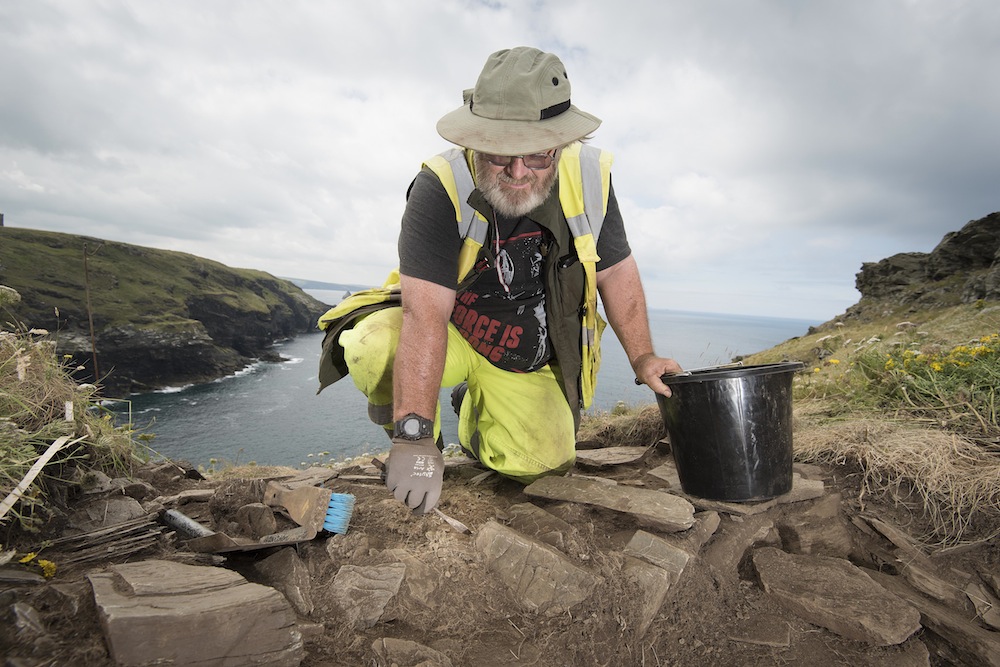
The latest excavations at Tintagel have recovered more than 200 fragments of imported pottery and glass, which adds weight to the theory that the settlement was wealthy or of "high status," according to Win Scutt, English Heritage Properties Curator for the West, who is overseeing the project.
English Heritage, a trust that manages more than 400 historic and monumental sites in England, has contracted archaeologists and other scientific specialists from the Cornwall Archaeology Unit at Truro to carry out the dig.
This image shows Ryan Smith from the Cornwall Archaeology Unit excavating a stone wall at the site.
By the sea
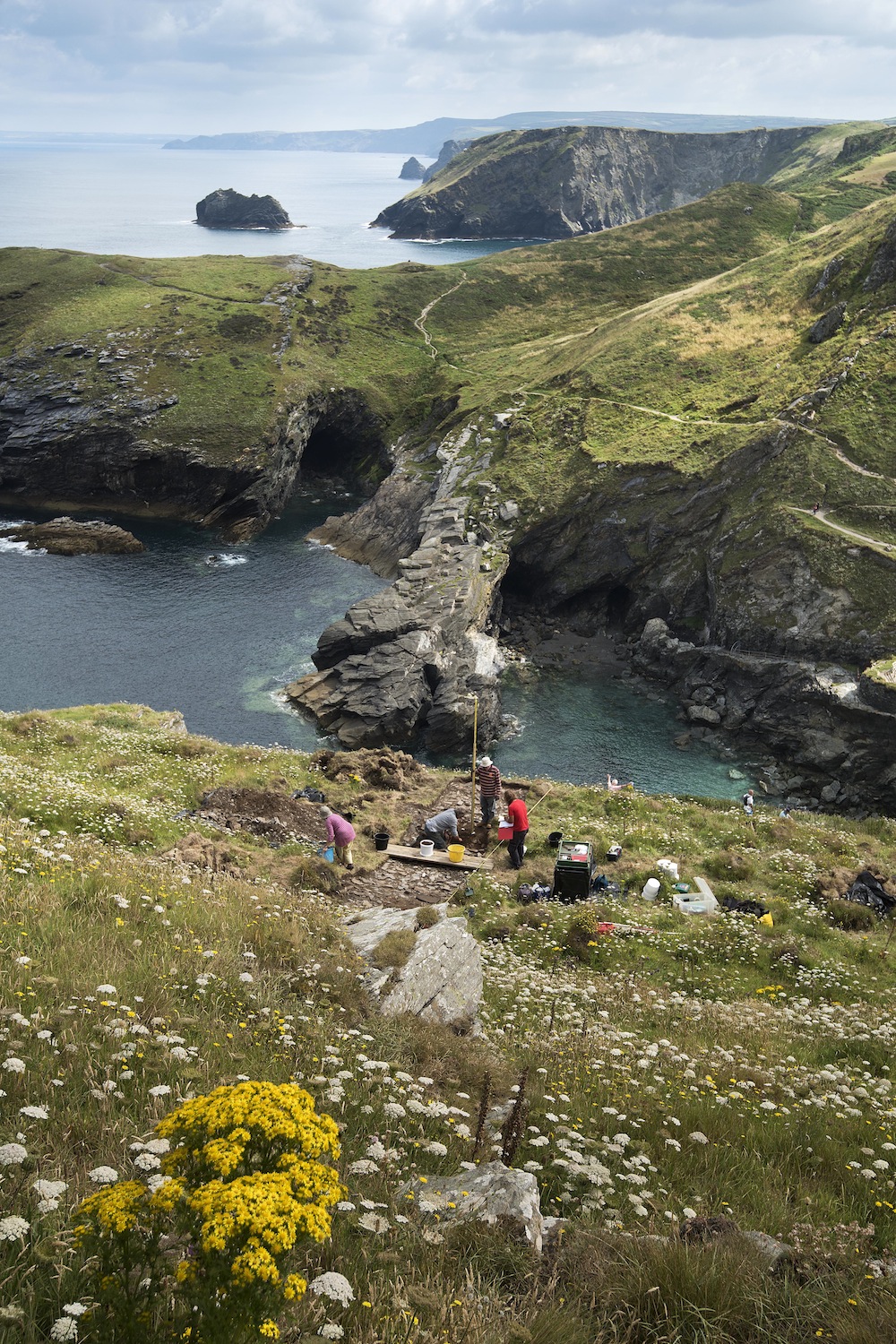
The dig team will also spend next summer at Tintagel excavating one of the largest undisturbed buried structures, a stone-walled building about 36 feet (11 meters) long by 13 feet (4 m) wide, to gain accurate dates for the site and learn more about its purpose.
Cornwall is rich in minerals such as tin, lead and silver, and there are indications that some locations on the Tintagel headland may have been used for metalworking, Scutt said.
Tales at Tintagel
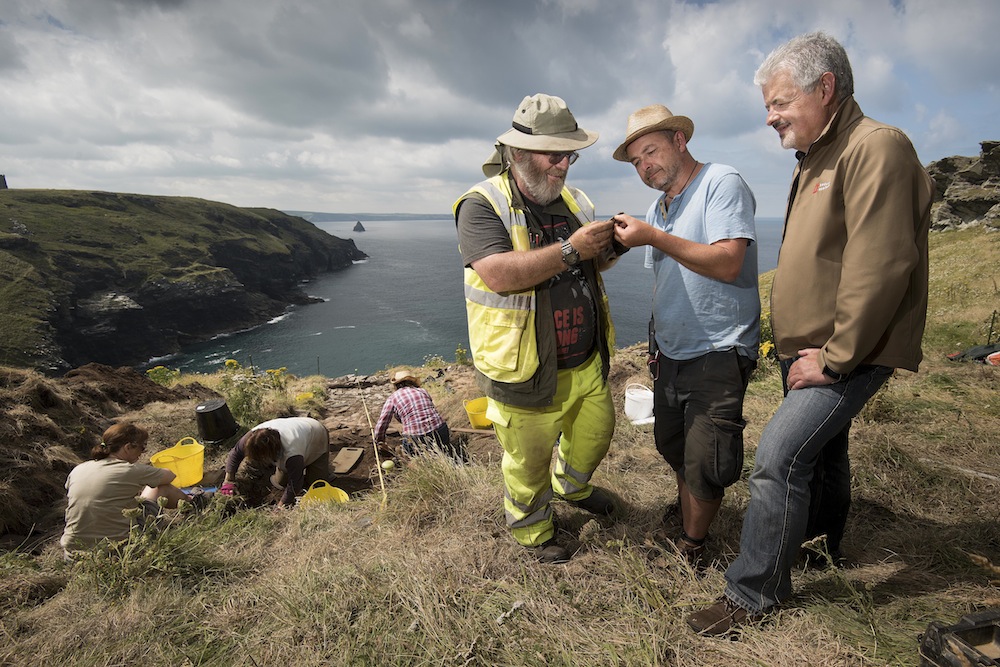
The data gathered over the two seasons of excavations at Tintagel will be used in a program of scientific tests and analysis over the next five years, in an effort to determine who occupied the headland and why they were there.
This photograph shows archaeologist Ryan Smith (left), dig executive director James Gossip, and English Heritage curator Win Scutt (right) at the dig site at Tintagel, on the Cornish coast.
Imported pottery
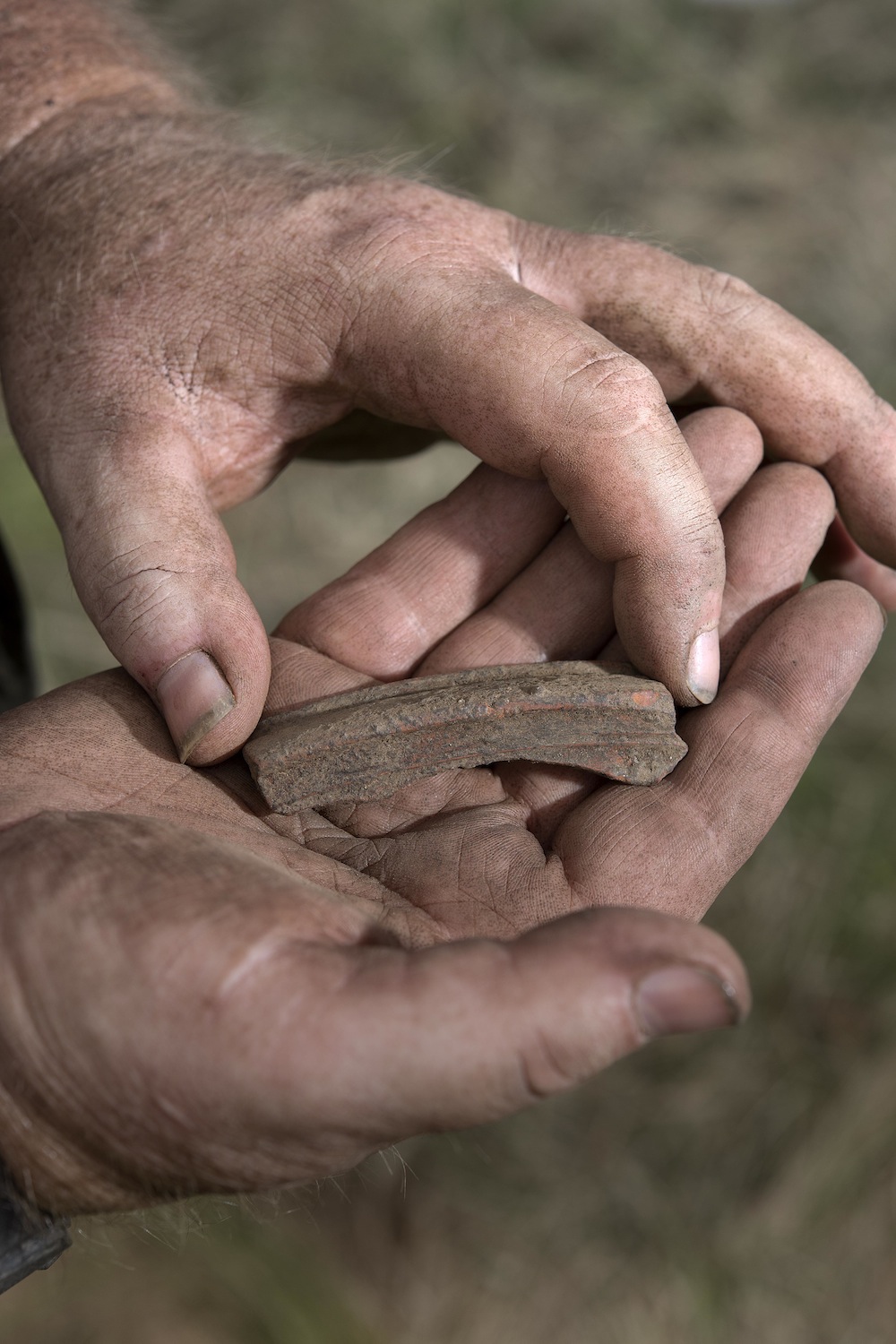
Among the high-status finds are pieces of "Phocaean red slip ware" from what is now western Turkey — an example of some of the finest tableware available in the early Medieval period.
Other finds include fragments of a large number of storage jars called amphorae from Greece and Turkey that once held olive oil or wine.
Glass fragments
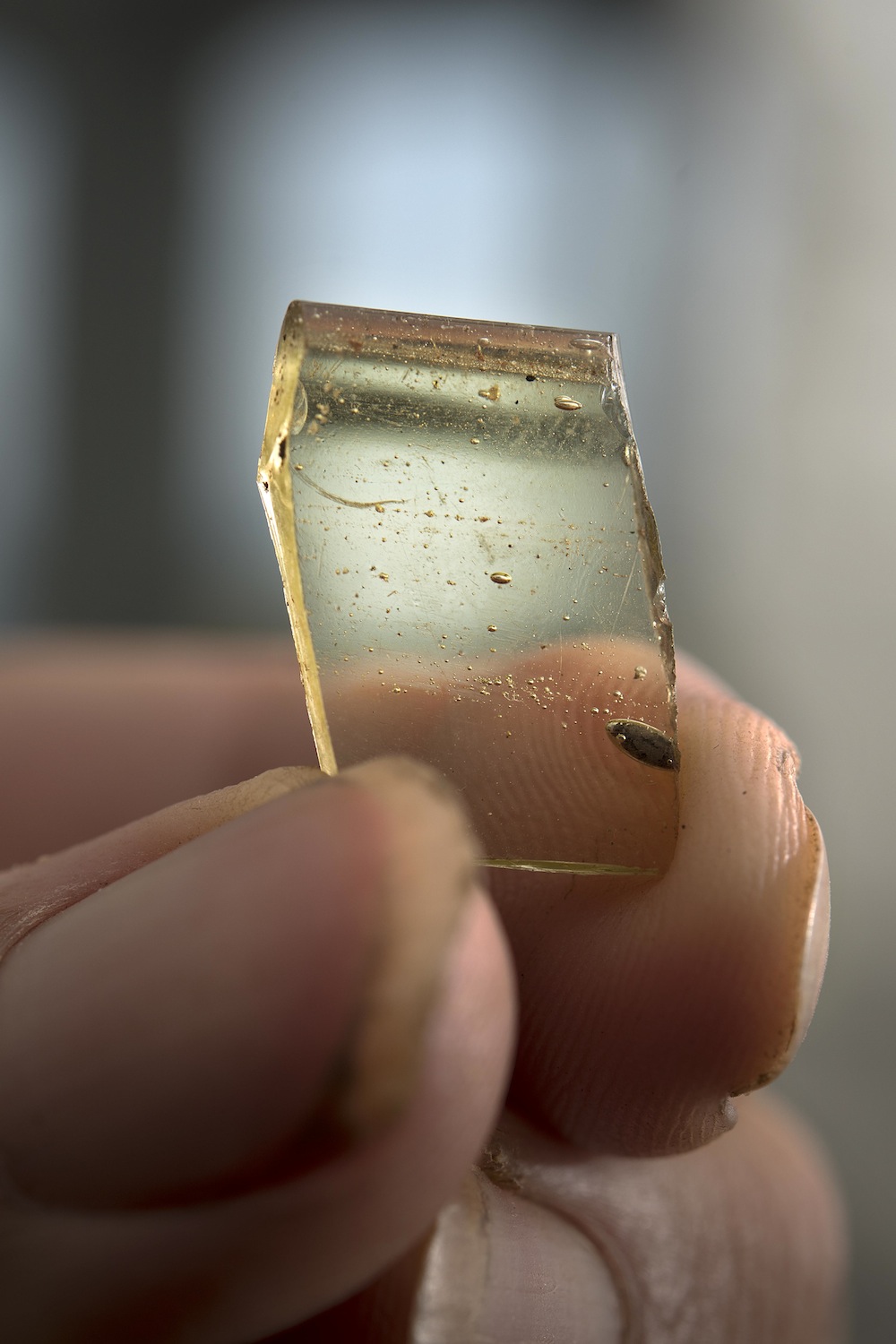
Several pieces of fine imported glassware also indicate the wealth or high social status of the inhabitants of the mysterious settlement at Tintagel.
This sherd of glass is from of a cone-shaped cup made in Merovingian France around 550 A.D.
Real or not?
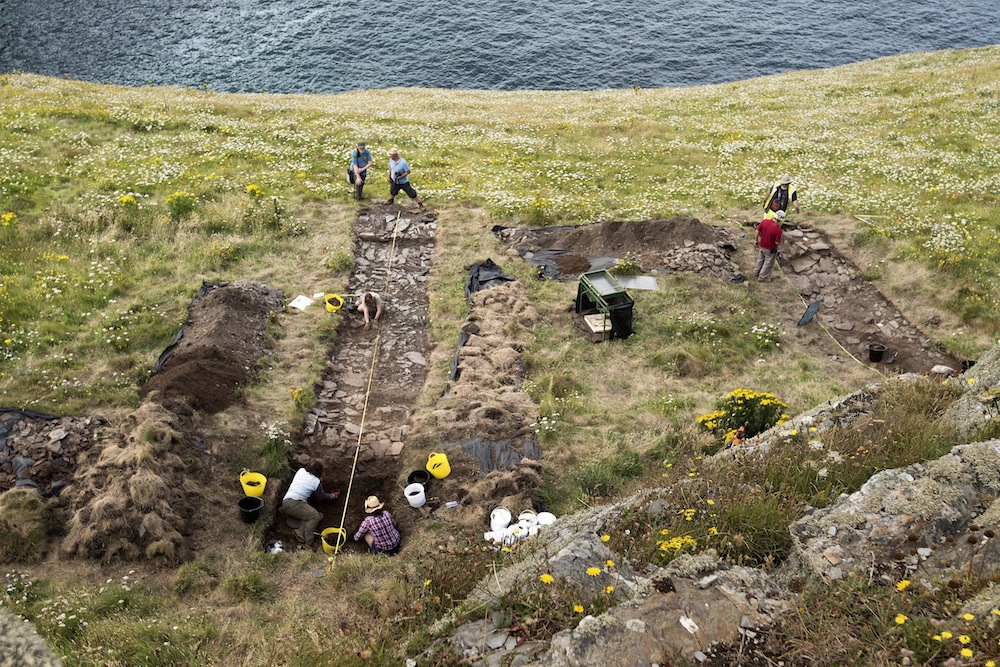
Although Tintagel is named as the birthplace of the legendary King Arthur, there remains no historical or archaeological evidence that Arthur really existed.
An inscription on a stone found at Tintagel in the 1990s names a man named "Artognou," but most researchers now think the inscription refers to someone else, and not the probably mythical British king, in spite of the partial similarity of the names.
Sign up for the Live Science daily newsletter now
Get the world’s most fascinating discoveries delivered straight to your inbox.
Tom Metcalfe is a freelance journalist and regular Live Science contributor who is based in London in the United Kingdom. Tom writes mainly about science, space, archaeology, the Earth and the oceans. He has also written for the BBC, NBC News, National Geographic, Scientific American, Air & Space, and many others.









